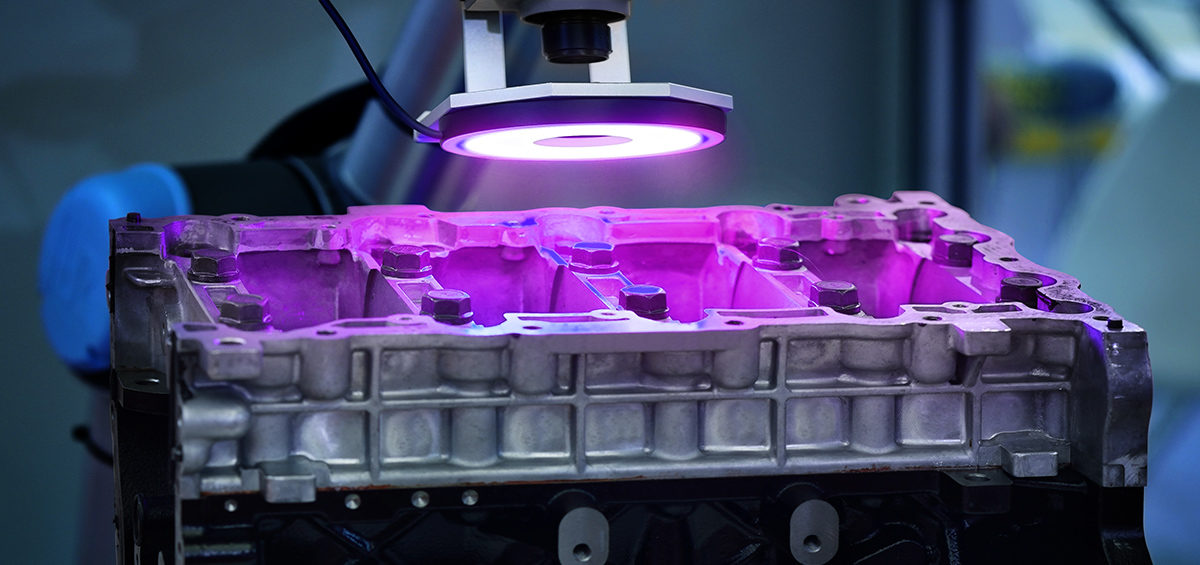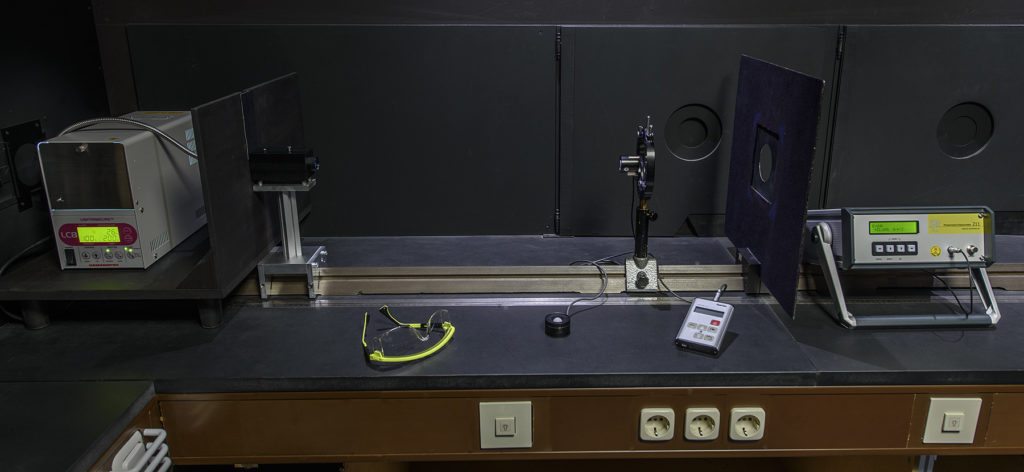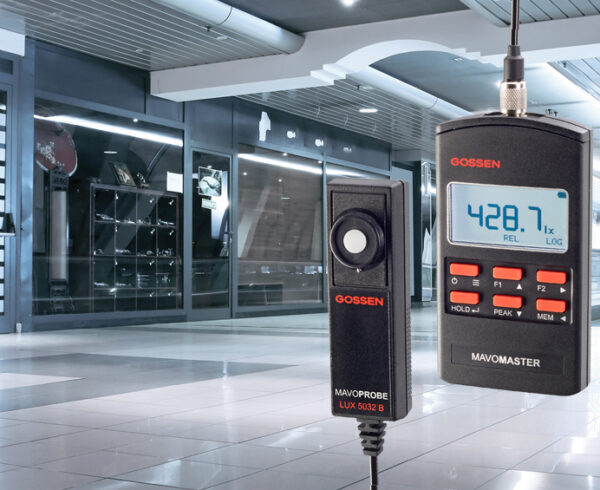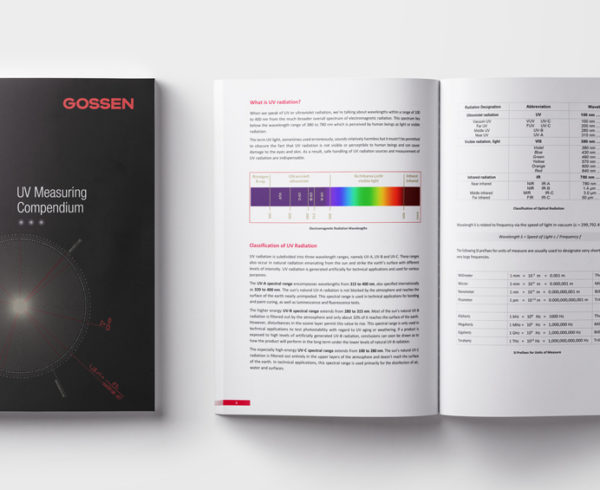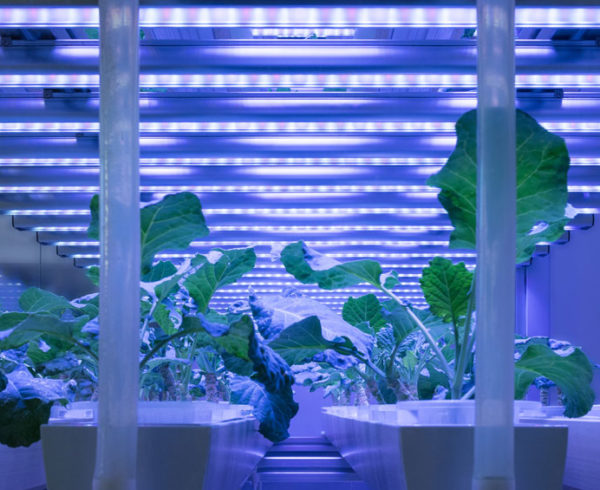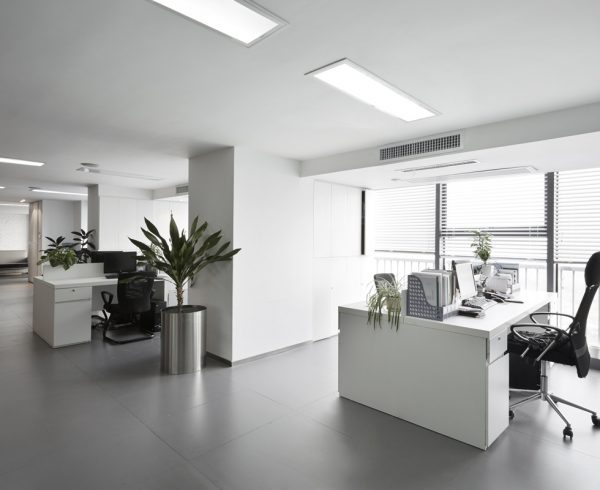Non-Destructive Materials Testing
Non-destructive testing of materials (NDT) is an important part of industrial quality assurance. It’s goal is to ensure both the reliability and the safety of components, systems and infrastructures without modifying them or damaging them permanently. Current condition is evaluated during testing, faults and defects are detected and, after their elimination, safe operation is assured and service life is extended.
Fluorescent Penetrant and Magnetic Particle Inspection
Fluorescent penetrant testing (PT) and magnetic particle inspection (MPI) are the most effective methods available in non-destructive materials testing for detecting even the smallest surface defects. In addition to the test equipment, as well as the utilized chemicals and processes, the UV radiation source is of central importance for fault detection. Without sufficient intensity in the required spectral range, relevant fluorescent displays are not rendered visible and the inspector may classify safety-relevant components as fault-free. In order to avoid this, UV radiation sources must be checked regularly and the measuring instruments used for this purpose must be recalibrated at fixed intervals.
UV Radiation Sources
UV-A radiation required for fluorescent penetrant inspection (PT) and magnetic particle inspection (MPI) is now generated almost exclusively by LED technology which has almost entirely replaced the mercury discharge lamps, halogen lamps and xenon lamps used in the past.
Advantages of LED UV-A lamps:
▪ Much more efficient (reduced energy consumption)
▪ Reduced heat generation which makes passive cooling possible
▪ No harmful and dangerous UV-B and UV-C radiation
▪ Ready for operation at full intensity immediately
▪ Can be switched off and on again at any time
▪ Minimal white light content
▪ Long service life
▪ Simple protection against environmental influences, minimal mechanical sensitivity
The use of LED UV-A lamps in non-destructive materials testing is described in various standards and technical regulations such as DIN EN ISO 3059, ASTM 3022, Rolls-Royce RRES 90061 and Airbus AITM 6-1001. Maximum radiation for florescence excitation is 365 nm.
Process reliability through calibrated measuring devices
The calibration of irradiance and illuminance meters for penetrant testing and magnetic particle testing is specified in DIN EN ISO 3059.
▪ Calibration interval according to manufacturer’s specifications, but in any case at least once every 12 months
▪ Calibration traceable to national, European or international standards
▪ Calibration of the UV-A irradiance meter with narrow-band radiation at 365 nm
▪ Calibration of the overall system, display units and sensors
▪ Documentation of calibration with certificate
GOSSEN carries out calibrations for radiation and illuminance measuring devices. You can find detailed information about this at LIGHT LAB or simply call us.
UV Measuring Compendium
This compendium of UV-A measuring technology provides an overview of the entire scope of UV radiation and deals with its classification and generation, associated safety precautions, applications and standards, as well as its measurement and the calibration of the utilized measuring instruments. Non-destructive materials testing, along with requirements for measurement and calibration, are dealt with specifically for the various applications, an issue which GOSSEN addresses with the extended service offerings of its calibration laboratory.

